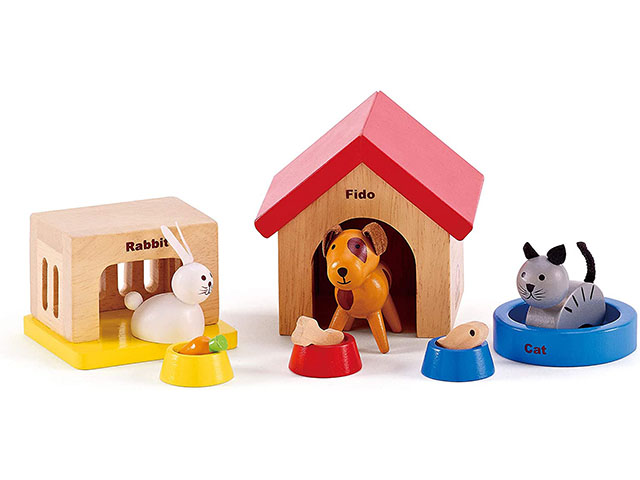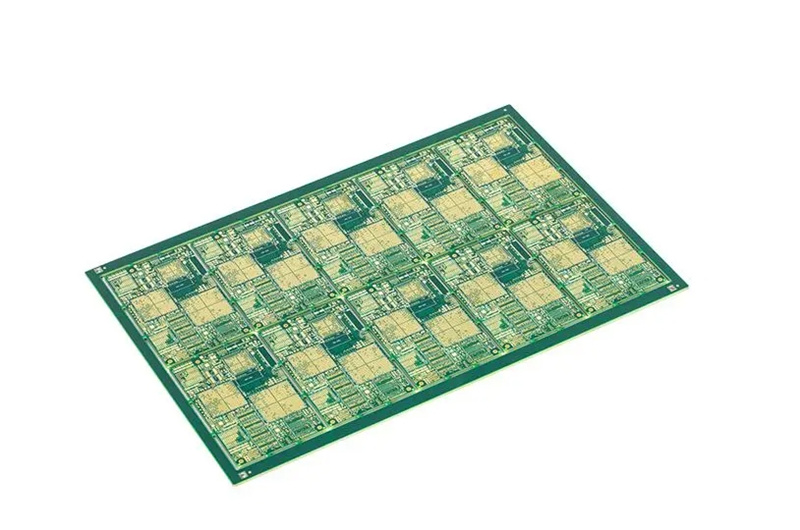Building blocks have been a favorite toy for children for generations, and for good reason. Playing with building blocks can help develop a variety of skills, from fine motor skills to problem-solving abilities. But at what age should children start playing with building blocks? In this article, we’ll explore the benefits of building block play, age-appropriate blocks, safety considerations, and tips for encouraging block play.
Benefits of Playing with Building Blocks
Playing with building blocks can provide many benefits for children, including:
Develops Fine Motor Skills
Building with blocks requires a lot of fine motor skills, such as grasping, stacking, and manipulating small objects. These skills are important for future tasks such as writing, typing, and using tools.
Enhances Problem-Solving Skills
Building blocks encourage problem-solving skills as children have to figure out how to fit blocks together to create structures. They must use spatial awareness and critical thinking to create balanced and sturdy constructions.
Boosts Creativity and Imagination
Building with blocks allows children to use their creativity and imagination as they construct their own structures. They can create anything they want, from castles to spaceships, and they can change their designs as many times as they like.
Promotes Spatial Awareness and Visual Perception
Building blocks can help children develop spatial awareness and visual perception. They learn how to distinguish shapes, sizes, and colors, and how to place them in the right positions to create their desired structure.
Encourages Teamwork and Social Skills
Building blocks can promote teamwork and social skills as children learn to work together to create structures. They can learn to take turns, share ideas, and communicate with each other.
Age-Appropriate Building Blocks
Different age groups require different types of building blocks. Here are some guidelines for selecting age-appropriate building blocks:
For Infants
For infants, soft and large building blocks made of fabric or foam are recommended. They can safely explore different shapes and colors and work on their grasping skills.
For Toddlers
Toddlers can use larger blocks made of plastic or wood. They can work on their stacking skills and develop their creativity and imagination by building simple structures.
For Preschoolers
Preschoolers can use smaller blocks made of plastic, wood, or foam. They can build more complex structures and work on their problem-solving skills.
- For School-Age Children
School-age children can use a variety of building blocks, including interlocking blocks, magnetic blocks, and construction sets. They can create more sophisticated structures and work on their creativity, imagination, and critical thinking skills.
Safety Considerations
When selecting building blocks, safety should always be a top priority. Here are some safety considerations to keep in mind:
Choosing the Right Size and Shape
Choose building blocks that are appropriate for your child’s age and developmental level. Avoid small blocks that can be a choking hazard.
Avoiding Choking Hazards
Make sure that the building blocks are free of small parts, and avoid blocks that are too small for your child to handle safely.
Ensuring a Clean and Safe Play Environment
Make sure that the play area is clean and free of hazards such as sharp objects or loose carpets. Keep the area well-lit and ventilated.
Supervising Young Children
Always supervise young children when they are playing with building blocks. Make sure they are playing with blocks that are safe for their age and developmental level, and ensure that they are not putting the blocks in their mouths.
Tips for Encouraging Building Block Play
Here are some tips for encouraging building block play in your child:
Providing a Variety of Blocks
Provide your child with a variety of blocks to choose from, including different shapes, sizes, and colors. This will help keep them interested and engaged in building.
Playing with Children
Take the time to play with your child and build structures together. This will help them develop their creativity and imagination and strengthen your bond.
Allowing Children to Explore and Experiment
Encourage your child to explore and experiment with the blocks. Let them build whatever they want, and don’t worry if it doesn’t look like anything in particular. This will help them develop their problem-solving and critical thinking skills.
Incorporating Building Blocks into Learning Activities
Use building blocks as a tool for learning by incorporating them into activities such as counting, sorting, and matching. This will help your child develop their math and language skills while having fun.
Conclusion
Building block play is an important part of a child’s development. By providing age-appropriate blocks, ensuring safety, and encouraging play, parents can help their children develop important skills such as fine motor skills, problem-solving abilities, creativity, imagination, and teamwork. So, when should children start playing with building blocks? The answer is as soon as they are able to safely handle the blocks. Whether your child is an infant or a school-age child, building blocks can be a valuable tool for learning and development.




